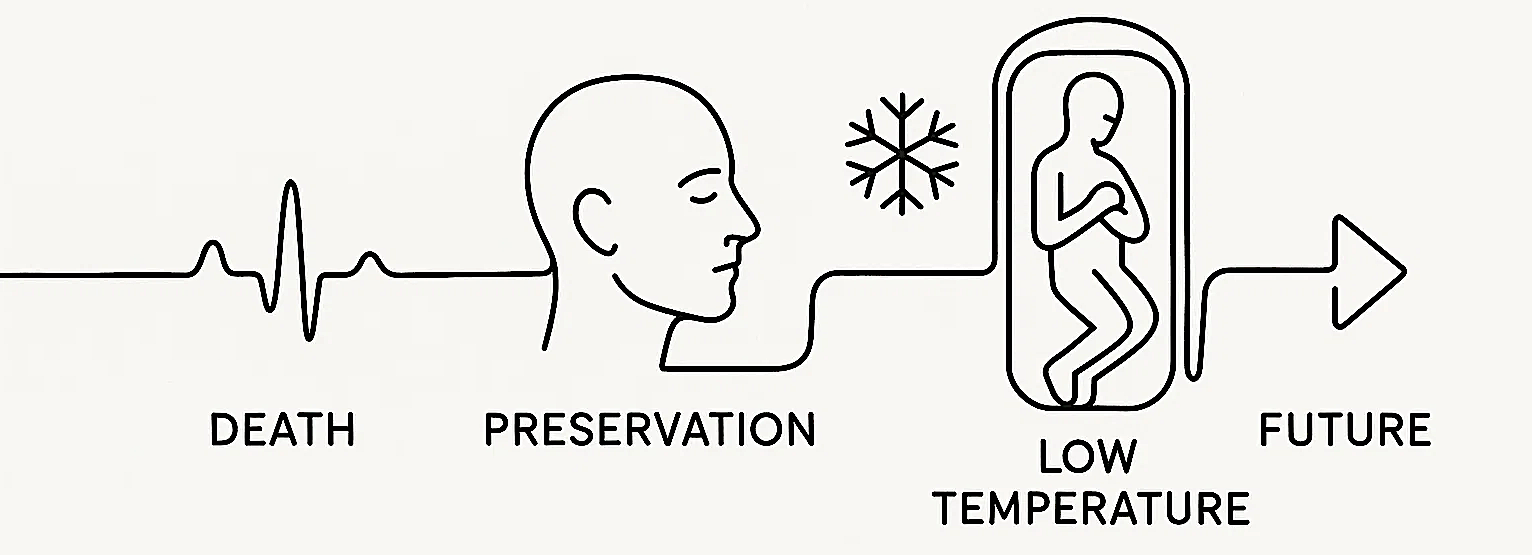Introduction to cryopreservation
What is human cryopreservation and how does it work?
Chapter 2 : Cryonics in Practice

2.1. Economics of Biostasis
The gap between "this seems worth doing" and actually doing it is usually economic, not philosophical. This topic exists to make the financial reality legible enough that cost stops being an excuse or a mystery. The goal is to shift cryopreservation from something that sounds expensive and complicated into something with a clear price tag and concrete funding paths you can evaluate against your actual resources.

2.2. Regulatory Questions
Cryopreservation operates in legal gray zones that most people don't think about until it's too late. The goal here is to make you literate in the regulatory landscape so you're not blindsided by jurisdictional quirks, documentation requirements, or the fact that your legal status post-preservation is genuinely unsettled. Understanding where the law is clear, where it's ambiguous, and where active regulatory risk exists lets you make robust plans that won't fall apart when they interact with the real world's bureaucratic machinery.

2.3. Modern Cryopreservation Procedures
Most people treat cryopreservation as a binary choice: sign up or don't. But execution quality matters enormously, and you can't evaluate quality without understanding the operational constraints. This topic exists because the physics and biology don't care about your preferences. Ischemic damage accumulates on a fixed timeline, perfusion requires invasive surgery, and cryogenic transport can be challenging. The goal is to make you technically literate enough that "cryopreservation" stops being an abstract concept and becomes a set of concrete procedures you can reason about and evaluate.

2.4. Governance for Centuries
You're making a bet that spans centuries, but most organizations don't survive decades. The fundamental problem isn't whether cryopreservation works, it's whether any institution can maintain continuous operations and aligned incentives over timeframes that dwarf normal corporate lifespans. Governments fall, companies collapse, and priorities shift. This topic forces you to think seriously about institutional design for extreme longevity and understand what safeguards actually matter when you need something to function reliably long after everyone involved is dead.
Have we sparked your curiosity?
Learn more about what we offer and what it costs.









